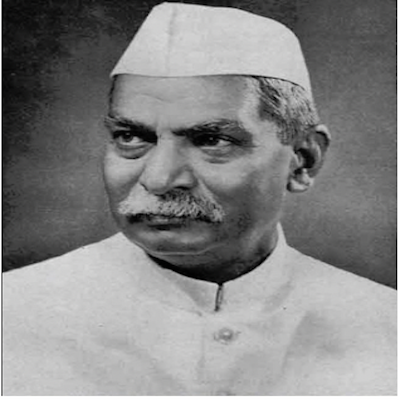Early Life
Rajendra Prasad was born on 3rd December 1884 in the Siwan district of Bihar. After completing his Master’s degree in Economics from the University of Calcutta in 1907, he went on to study law at the Calcutta Law College and practised at the Calcutta High Court. Later, he transferred to the Patna High Court where he founded the Bihar Law Weekly.
In the early 1920s, he became the editor of a Hindi weekly Desh and an English biweekly, Searchlight.
Role in India’s Independence Movement
In 1911, he became a member of the Indian National Congress and subsequently served as its President thrice. Prasad gave up his legal career to join the independence movement in 1920 and was imprisoned during the Salt Satyagraha in 1931 and the Quit India movement in 1942.
Contribution to Constitution Making
In 1946, Rajendra Prasad joined the Interim Government of India as the Minister of Food and Agriculture. As a firm believer in the maximization of agricultural production, he crafted the slogan “Grow More Food.”
He was elected as a member of the Constituent Assembly from the Bihar Province where he served as the president of the Constituent Assembly from 1946 to 1950. During this time, he was also the chairman of four committees. He was always admired for his qualities of objectivity, impartiality, patience and intellect in his role as the President of the Assembly.
Later Contributions
On 24th January 1950, at the last session of the Constituent Assembly, Prasad was elected as the President of India and has the distinction of being the only President to have been re-elected for a second term.
After retiring from public life in 1962 because of his deteriorating health, he was awarded the Bharat Ratna. After spending his last days in Sadaqat Ashram of Patna he died on 28th February 1963.
Key Writings
Prasad wrote many books in English and Hindi and was well-versed in Hindi, Sanskrit, Persian, Urdu, and English. Two of his most popular works are Atmakatha (1946), his autobiography and India Divided (1946).

